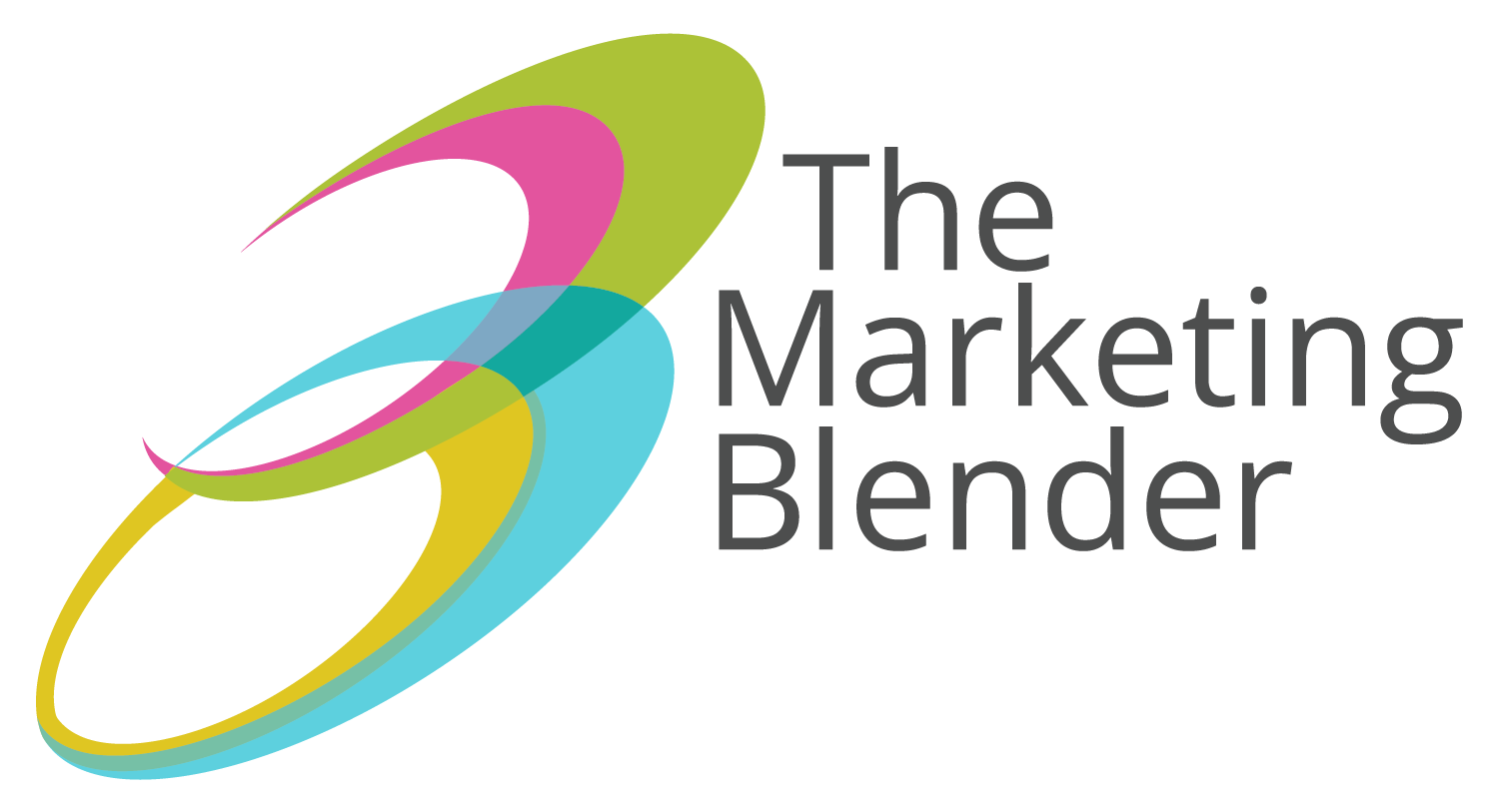In this post, let’s dive into one of our favorite topics at Blender: building a brand messaging strategy that drives success in B2B organizations.
Marketing Frameworks & Best Practices
Contrary to the perception that every marketing strategy is entirely custom, the truth is that it all boils down to frameworks, processes, and best practices. While there’s specialization for different industries, there are fundamental principles that remain constant. In this blog, we’ll explore these fundamentals that form the basis of a successful marketing strategy.
The first step in creating a robust marketing strategy is understanding your market. Whether you call it buyer personas, avatars, or target markets, knowing who is most suited to pay for your service or product is crucial. This blog will guide you through the process of identifying your ideal customer profile.
People are Complex, Your Marketing Should be Too
Understanding the complexity of your audience is key to effective marketing. In a world that’s constantly moving, being proactive in predicting your market’s problems and triggers is essential. We’ll explore how to navigate the intricacies of buyer personas and why it’s essential to recognize that people are complicated.
Knowing your market goes hand in hand with understanding the buyer’s journey. We’ll discuss the tried-and-true awareness, consideration, decision framework and how it varies across different personas. Discover how to tailor your marketing strategy to meet the unique needs of your audience at each stage of the buyer’s journey.
Messaging That Makes A Difference
Why do B2B organizations need to focus on their brand messaging? Messaging is the linchpin of a successful marketing strategy. It’s not just about a value proposition or a tagline – it’s about distributing consistent messaging across diverse personalities, expertise levels, and organizational hierarchies. Learn how to craft messaging that resonates and how to scale it effectively throughout your organization.
In our next installment, we’ll continue to explore the components of a winning B2B marketing strategy. Stay tuned for insights on scaling consistent messaging and arming your team with the tools they need for a successful marketing machine. The Marketing Blender is here to guide you every step of the way.
Strategic Alignment for Seamless Communication
One undeniable advantage of having a shared brand messaging playbook is the ease with which marketing and sales teams can align their efforts. The contextual delivery within the buyer journey allows for pinpoint accuracy in communication. This strategic alignment empowers teams to identify the specific messages required at each stage, ensuring relevance and resonance.
Navigating the Buyer Journey in B2B organizations
The buyer journey serves as a guiding compass for marketers and sales professionals. By understanding what information is crucial at different stages, teams can tailor their messages effectively. This not only prevents missteps but also fosters a deeper connection with potential clients. Recognizing when to introduce certain topics eliminates the risk of apathetic responses and ensures a meaningful progression in the buyer’s decision-making process.
Positioning: Shaping Perceptions Beyond Competition
A common misconception is that competitors define an organization’s position in the market. In reality, it’s the buyers who determine this position. Working collaboratively with buyers to create agreement about the organization’s position is key. Rather than positioning against competitors, it’s about understanding how buyers make comparisons and aligning messaging accordingly. This mindset is crucial for avoiding the pitfalls of competitor orientation.
Decoding Positioning in B2B Strategy
Positioning is not a battle against competitors; it’s a collaborative effort with buyers. The goal is to create agreement about what makes the organization unique and valuable. Whether it’s being the most affordable high-end solution for small businesses or the go-to choice in a high-ticket market, understanding and aligning with buyer perspectives shape effective positioning.
The Essence of Truth Branding
Beyond the visual elements of branding, the strategy behind it is equally crucial. Truth branding involves documenting core elements like brand archetypes, purpose, core values, and cultural heartbeat. This documentation serves as a foundation for infusing authenticity into messaging. Additionally, fascination triggers play a vital role in capturing attention. These triggers are innate qualities that, when intentionally emphasized, compel audiences to engage with a brand.
Identifying and leveraging fascination triggers is an ongoing process. It involves understanding how the brand makes buyers feel. Whether it’s a sense of safety, excitement, excellence, or connection, these triggers contribute to a brand’s uniqueness. Uncovering what truly fascinates the target audience often surprises organizations, emphasizing the importance of external perspectives in this exploration.
Executing Strategy: Beyond Planning to Decision-Making Criteria
A crucial distinction in marketing strategy lies in understanding that it’s not synonymous with a business plan. While a business plan outlines broader organizational goals, a marketing strategy hones in on building brand awareness, reputation, revenue, and resilience. Every element of the strategy should serve as decision-making criteria, ensuring that planned actions align with the overarching goals.
Unlocking Success with Actionable Strategy
The effectiveness of a marketing strategy hinges on its execution. It’s not just about planning; it’s about implementing decisions that align with the documented strategy. This is where the rubber meets the road, and strategic elements transform into tangible results.
As you embark on refining your B2B marketing strategy, keep in mind that strategic alignment, positioning, and truth branding are not one-time exercises. Continuous refinement, validation, and optimization are essential.
Remember, your brand’s value is ultimately determined by your customers, and strategic clarity is the compass guiding you toward sustained success in the dynamic B2B landscape. Onward and upward! Contact us at The Marketing Blender to help you bring your B2B Organizations brand voice to life.



